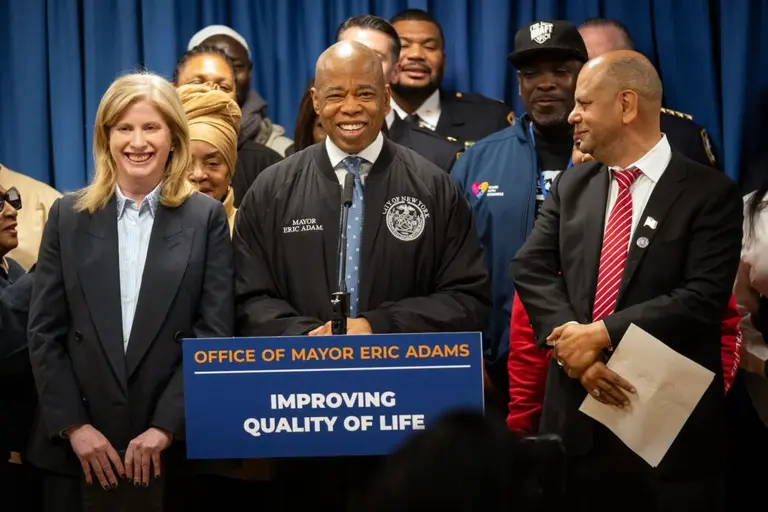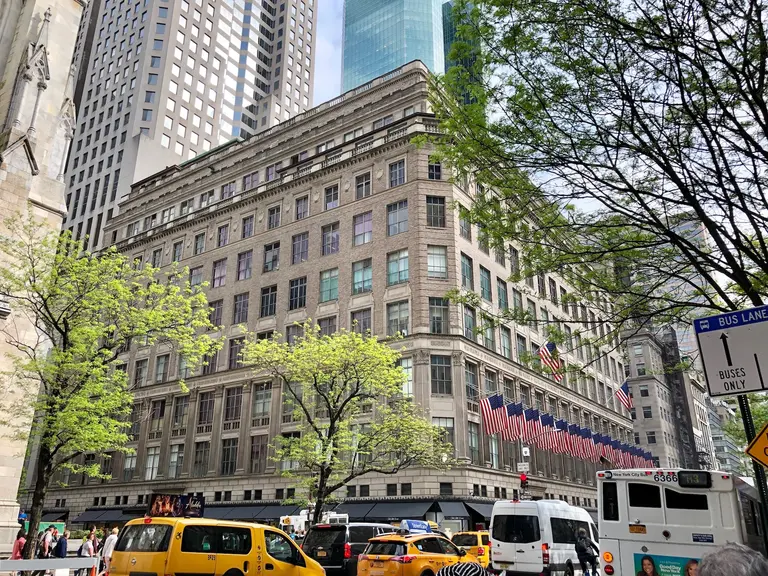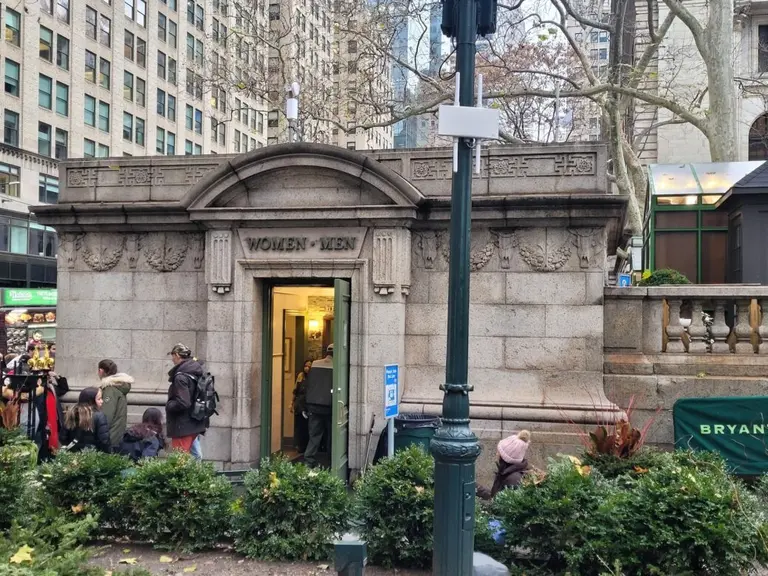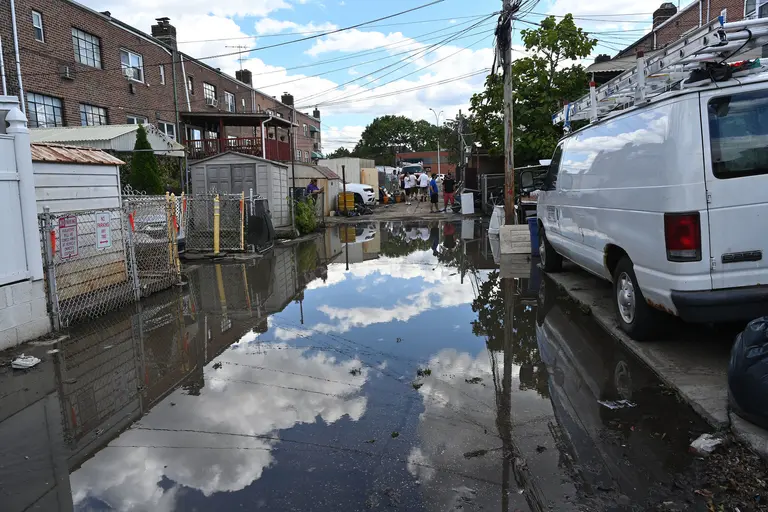Rent hikes between 2.5% and 7% recommended for NYC’s stabilized apartments

Rent for millions of New Yorkers living in rent-stabilized units will likely increase for the third year in a row. The Rent Guidelines Board on Thursday released an annual report recommending a 2.5 percent to 4 percent rent hike for one-year leases and a 4 percent to 7 percent rent hike for two-year leases in rent-stabilized buildings, based on the rising costs of building maintenance, which jumped roughly 4 percent from April 2023 to March 2024. A public meeting will be held on April 25, followed by a preliminary vote on the proposed rent increases on April 30.
According to the report, the price index of operating costs (PIOC), which measures taxes, labor costs, fuel, utilities, maintenance, administrative costs, and insurance costs in rent-stabilized properties, has risen by 3.9 percent since last year.
Increases occurred in six of the seven categories. Taxes increased by 3.2 percent, labor costs by 4.3 percent, utilities by 1.3 percent, maintenance by 3.5 percent, and administrative costs by 4.6 percent. Fuel costs decreased by 7.1 percent. The largest proportional increase was insurance costs, which rose by 21.7 percent.
The PIOC is just one measure that the RGB uses to determine the percentage of rent increases. Other factors influencing the final rates include public testimony and other reports on affordability, expenses, and historical data.
The nine-member Rent Guidelines Board uses three formulas to calculate possible increases for the city’s one million rent-stabilized apartments every year.
The “Net Revenue” approach considers the change in the PIOC and the amount of rent revenue based on an estimate of how many tenants will sign one or two-year lease renewals. This formula yielded an increase of 2.75 percent for one-year leases and 4.75 percent for two-year leases.
The “CPI-Adjusted NOI” formula takes into account changes in the PIOC, the mix of lease terms, and the impact of inflation on net operating income, which is the total income remaining after maintenance costs. This resulted in a 4 percent increase for one-year leases and a 7 percent increase for two-year leases.
Finally, the “traditional” formula relies on both the current change in PIOC with its projected change for the following year. This formula found a 2.5 percent increase for one-year leases and a 4 percent increase for two-year leases.
Landlord advocates argue that the proposed increase is not enough, and would indiscriminately affect owners of older rent-stabilized housing who generally have much higher maintenance costs due to the age of their properties, according to The Real Deal.
“The RGB’s report confirms what every rent-stabilized building owner already knows: the cost of running and maintaining stabilized buildings, many of them at or approaching 100 years old, is an economic impossibility,” the Rent Stabilization Association, a landlord group, told The Real Deal in a statement.
Additionally, rent-stabilized units in newer buildings under city programs like 421-a are more likely to set higher rents, while older buildings regulated under the Emergency Tenant Protection Act of 1974 pull much lower rents, according to the Community Housing Improvement Program, a landlord group.
The Legal Aid Society, a nonprofit organization that provides free legal services to low-income individuals, said the proposed rent increase will further burden tenants who are already struggling to make ends meet:
“These reports show that vacancy and collection losses have decreased and the costs of managing rent-stabilized properties have remained relatively the same. Given the profits landlords reaped citywide and the hardships facing rent-stabilized tenants—as clearly detailed in the Board’s 2024 Income and Affordability Study—in no world should the Board increase rents for struggling, low-income New Yorkers.”
“Moreover, the cost projections included in the PIOC should be taken with a grain of salt as this information is self-reported by landlords who have an obvious interest to maximize profits, and it should not influence the Board’s determination heading into both the preliminary and final votes.”
The RGB projects that the PIOC will increase by 4.4 percent from 2024 to 2025, with prices expected to rise in each category except fuel costs. The largest increase is expected to be insurance costs (15.1 percent), while maintenance costs are projected to increase by 7.3 percent, administrative costs by 4.8 percent, labor costs by 3.8 percent, taxes by 3.6 percent, and utilities by 2.4 percent. Fuel costs are expected to decrease by 6 percent.
Last year, the RGB voted to raise rents on one-year leases by 3 percent and on two-year leases by 2.75 percent for the first year and 3.2 percent for the second year.
In 2022, the Board approved rent increases for one-year leases by 3.25 percent and increases on two-year leases by 5 percent. The rent hike was the most significant percentage increase NYC’s rent-stabilized apartments have seen since 2013.
RELATED:
Explore NYC Virtually
Leave a reply
Your email address will not be published.



























and NYC minimum wage is to dam low, cost of living is high, most people don’t even get raises from there jobs, or very little, to keep up with these high rents, soon we all will need vouchers just to cover some of the rents, be prepared for more evictions and much more homeless